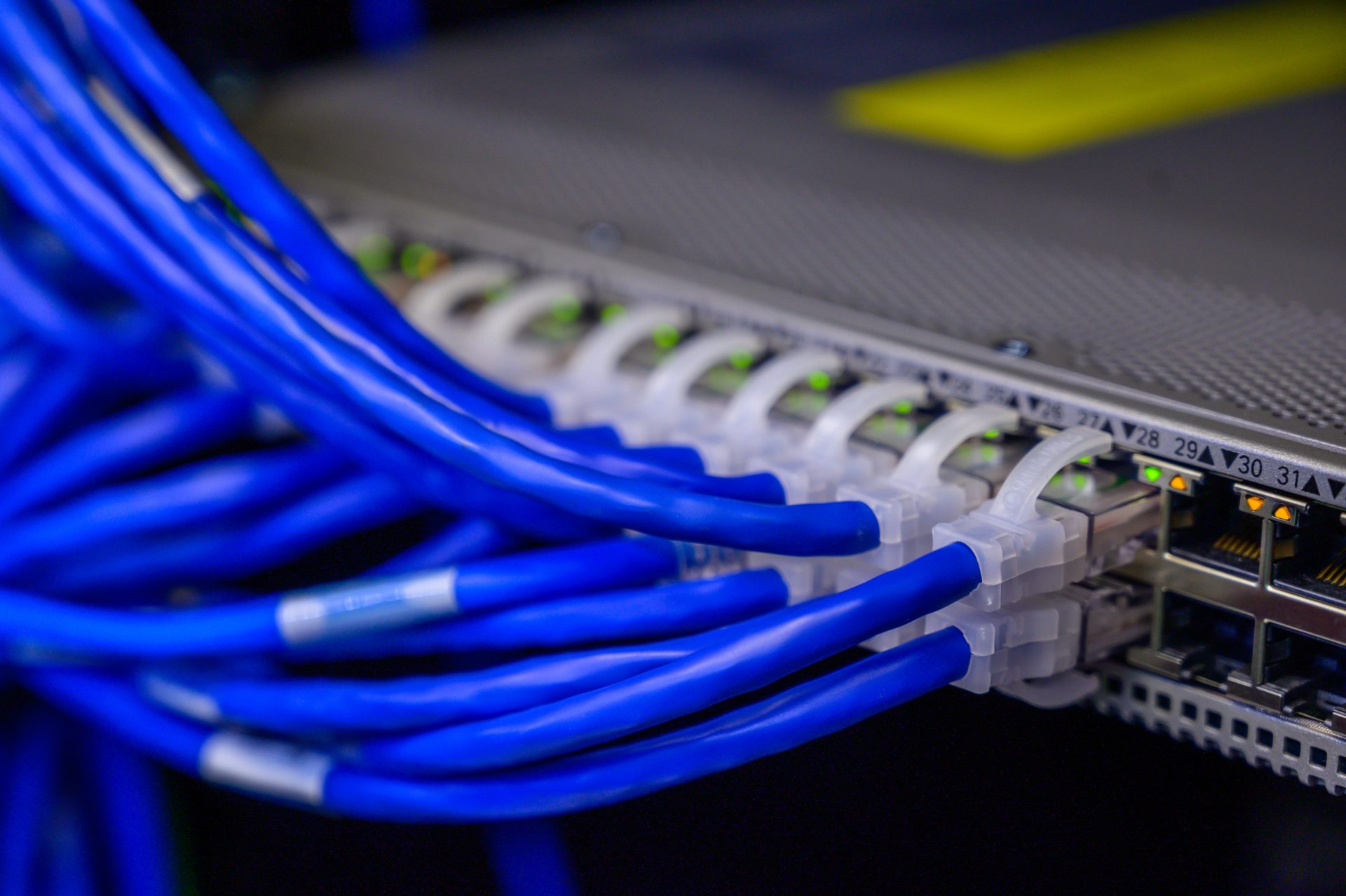For Internet service providers (ISPs), delivering high-quality multimedia services is not only a technical challenge but also a business opportunity. Customers expect and demand a smooth and satisfying experience when they use voice, video, web, and gaming services, especially with the advent of cloud-based applications. To meet these expectations and needs, ISPs need to keep a close eye on their network performance (QoS) and user behavior, using sophisticated tools that can handle large volumes of data from various sources.
Multimedia services are diverse and complex. Each one has its own quality indicators and parameters. Such delays include jitter, packet loss, throughput, resolution, frame rate, and bitrate. In addition, each user may have different preferences and expectations for each service. It depends on the device, location, time, and context. Therefore, ISPs need to shift from a network-centric to a user-centric approach to QoE monitoring.
Some of the advantages of QoE analytics tools for ISPs are:
- They can help ISPs detect and solve network problems that affect QoE, such as bottlenecks, congestion, latency and packet loss.
- They can help ISPs optimize their network resources and bandwidth allocation based on the traffic patterns and demands of different services and users.
- They can help ISPs assess the impact of new technologies and protocols on QoE, such as SDN, NFV and HTTP/3.
- They can help ISPs improve their customer loyalty and satisfaction by providing personalized recommendations, notifications and offers based on the user’s QoE feedback.
- They can help ISPs increase their revenue and reduce their costs by offering differentiated services and pricing based on the QoE levels.
To achieve these advantages, ISPs need to use QoE analytics tools that are scalable, flexible and intelligent. These tools should be able to:
- Collect data from multiple sources and layers of the network, such as probes, routers, switches, servers and end devices.
- Process data in real time using advanced techniques such as deep packet inspection (DPI), machine learning (ML) and artificial intelligence (AI).
- Visualize data in an intuitive and interactive way using dashboards, charts, graphs and maps.
- Generate actionable insights and alerts based on predefined or customized QoE metrics and thresholds.
- Integrate with other systems and platforms such as CRM, billing, marketing and security.
Final Thoughts
QoE analytics tools are vital for ISPs to deliver high-quality multimedia services in a competitive market. By using these tools, ISPs can gain a deeper understanding of their network performance and user behavior, and take proactive measures to improve QoE for their customers.










